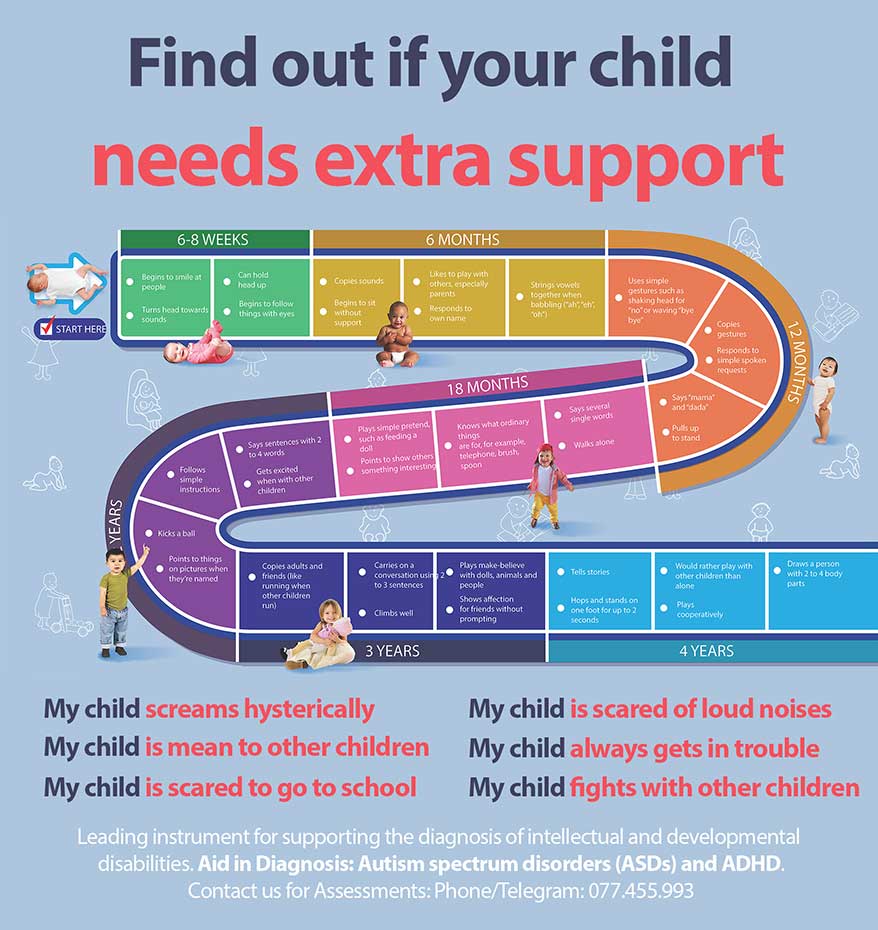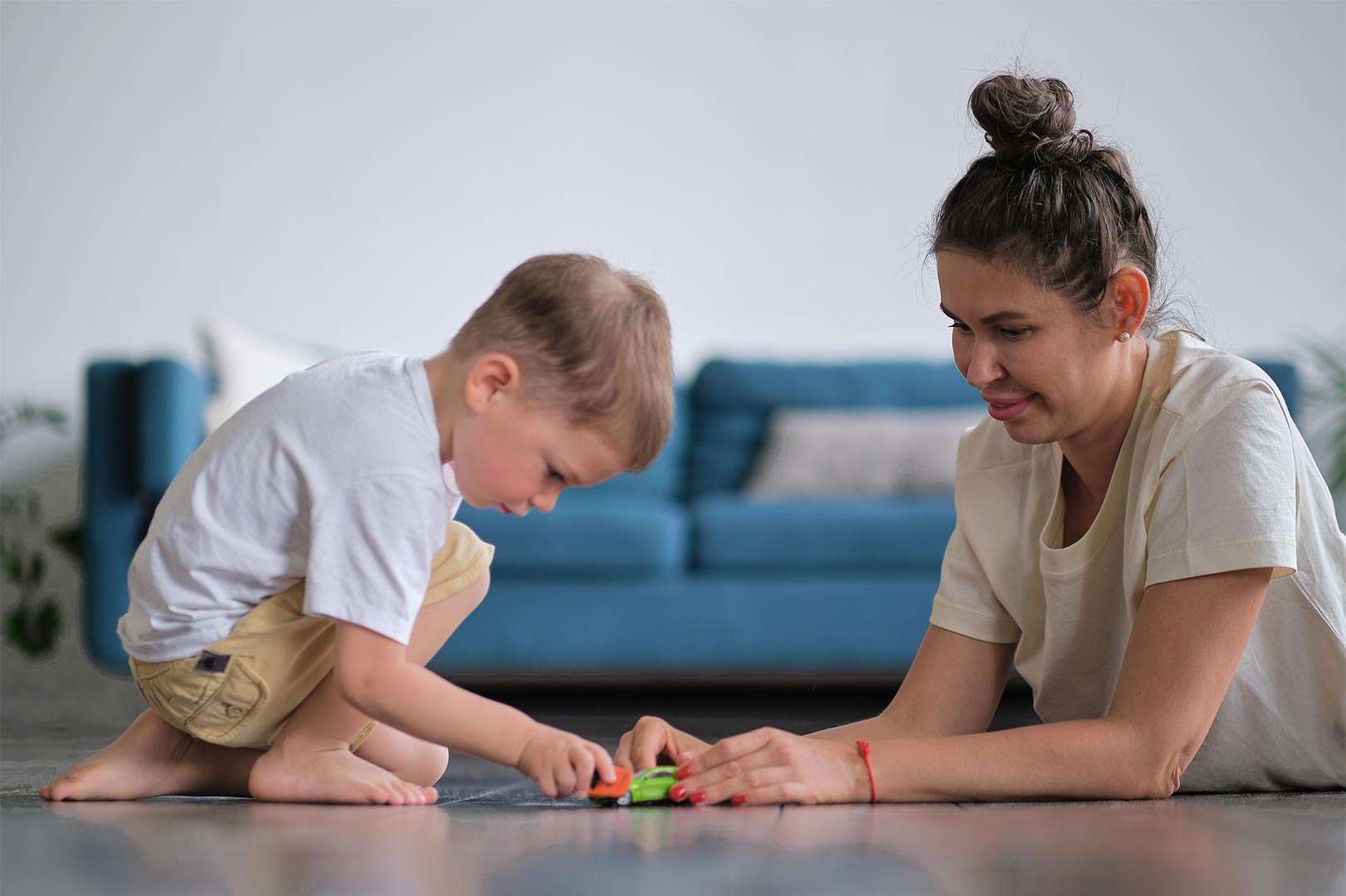Every child possesses unique abilities and learning styles, and this diversity enriches the educational landscape. Among these diverse learners are students with intellectual disabilities (IDs), who may require individualized instruction and supportive strategies to thrive in the classroom. As educators, it is our responsibility to create inclusive learning environments that cater to the needs of all students, ensuring that every individual has the opportunity to reach their full potential.
Understanding Intellectual Disabilities
Intellectual disabilities (IDs) are characterized by significant limitations in both intellectual functioning and adaptive behaviors, which manifest during the developmental period. These limitations can affect a student’s ability to learn, communicate, and interact with their environment. The severity of ID varies from mild to profound, and each individual presents with a unique set of strengths and challenges.
Effective Teaching Strategies
Effective teaching for students with IDs requires a multifaceted approach that encompasses individualized instruction, supportive environments, and a deep understanding of their learning needs. Here are some key strategies to consider:
-
Individualized Education Programs (IEPs): IEPs are essential documents that outline a student’s specific needs, goals, and accommodations. Teachers should collaborate with parents, specialists, and the student themselves to develop and implement individualized plans tailored to each student’s unique learning profile.
-
Positive Behavior Support (PBS): PBS is a proactive approach to behavior management that focuses on preventing challenging behaviors rather than reacting to them. It emphasizes positive reinforcement, teaching replacement behaviors, and creating a supportive classroom environment.
-
Visual Supports: Visuals play a crucial role in enhancing learning for students with IDs. Use charts, diagrams, graphic organizers, and other visual aids to break down complex concepts, provide clear instructions, and reinforce learning.
-
Multisensory Teaching: Engage students’ senses by incorporating hands-on activities, manipulatives, and real-world examples. Multisensory teaching helps students connect abstract concepts to concrete experiences, promoting deeper understanding.
-
Assistive Technology: Assistive technology can be a powerful tool for students with IDs, providing them with alternative ways to communicate, access information, and participate in learning activities. Explore the range of available tools and incorporate them into your teaching strategies.
-
Collaboration and Communication: Foster open communication with parents, specialists, and other team members involved in the student’s education. Regular communication ensures a consistent and coordinated approach to supporting the student’s progress.
-
Patience and Encouragement: Remember that each student learns at their own pace. Celebrate small victories, provide frequent positive feedback, and create a supportive environment where mistakes are seen as opportunities for growth.
Creating an Inclusive Classroom
An inclusive classroom is one that embraces diversity and provides equal opportunities for all students to learn and succeed. Here are some key elements to foster an inclusive learning environment:
-
High Expectations: Set high expectations for all students, regardless of their abilities. Believe in their potential and provide them with the challenges and support they need to achieve their goals.
-
Universal Design for Learning (UDL): UDL emphasizes creating flexible learning environments that cater to a wide range of learners. Provide multiple means of representation, action, and expression to ensure that all students have access to the curriculum.
-
Peer Support: Encourage positive interactions and peer support among students. Cooperative learning activities, peer tutoring, and buddy systems can promote a sense of belonging and enhance the learning experience for all.
-
Cultural Sensitivity: Recognize and respect the cultural backgrounds of all students. Incorporate diverse perspectives and experiences into the curriculum and classroom activities to create a welcoming and inclusive environment.
Teaching students with intellectual disabilities is a rewarding and challenging endeavor. By employing effective teaching strategies, creating inclusive classrooms, and celebrating diversity, we can empower every student to reach their full potential and contribute meaningfully to society. As educators, we have the privilege of nurturing every mind and igniting a lifelong passion for learning.
Find out if your child needs extra support today!
- My child screams hysterically
- My child is mean to other children
- My child is always worried
- My child is scared to go to school
- My child is scared of loud noises
- My child doesn’t know how to read
- My child is scared to play outside
- My child does not respond to his name
- My child always gets in trouble
- My child fights with other children
- My child doesn’t know how to count
If you are concerned about your child’s development, contact us for Assessments: Phone/Telegram: 077.455.993 – Telegram Link: https://t.me/OrbRom
If you are concerned about your child’s development, contact us for Assessments.
Phone/Telegram: 077.455.993 Link: https://t.me/OrbRom






Leave A Comment